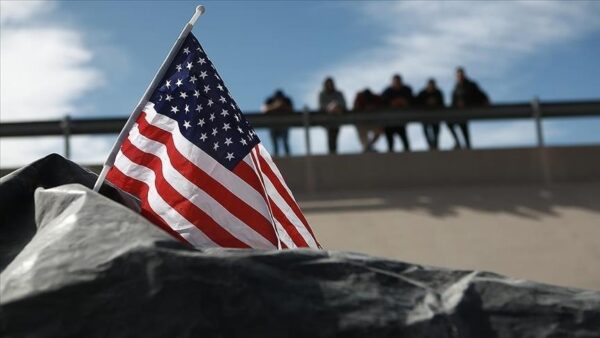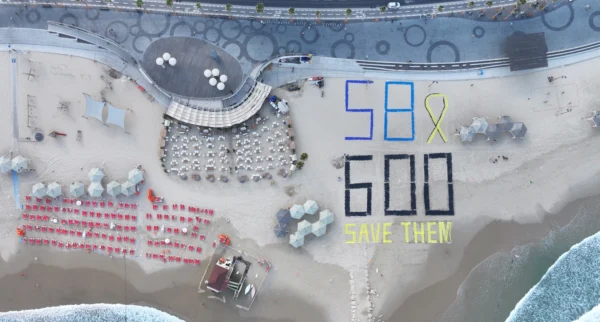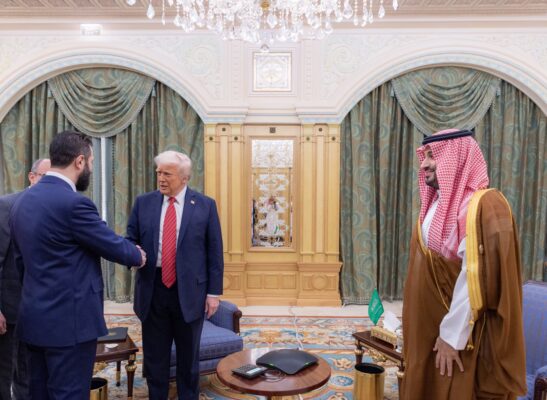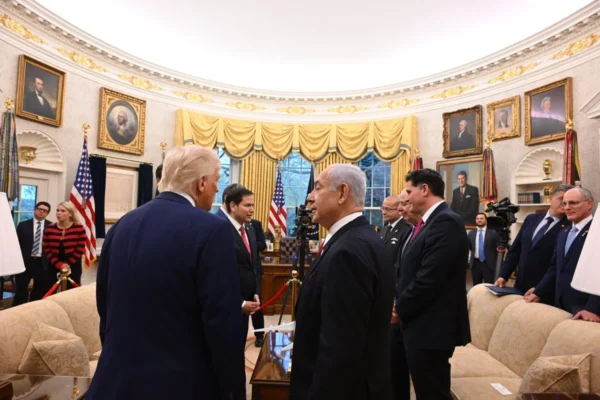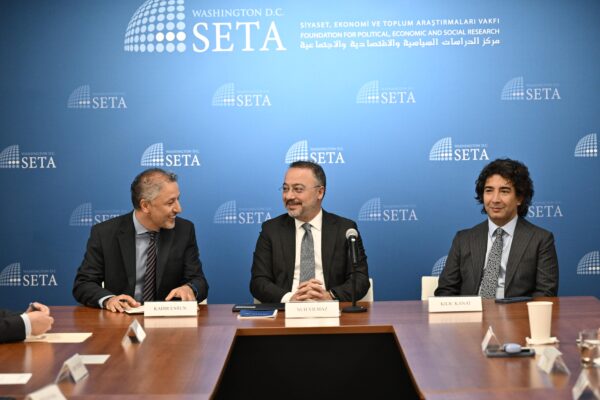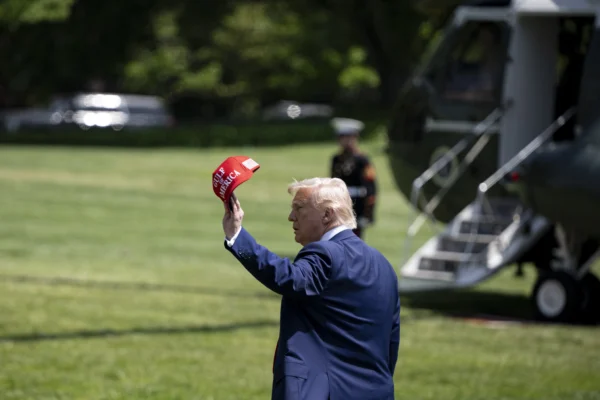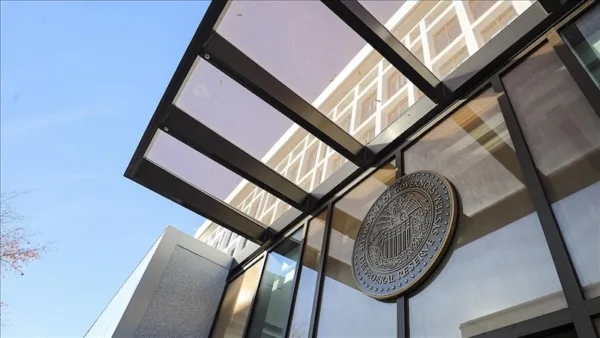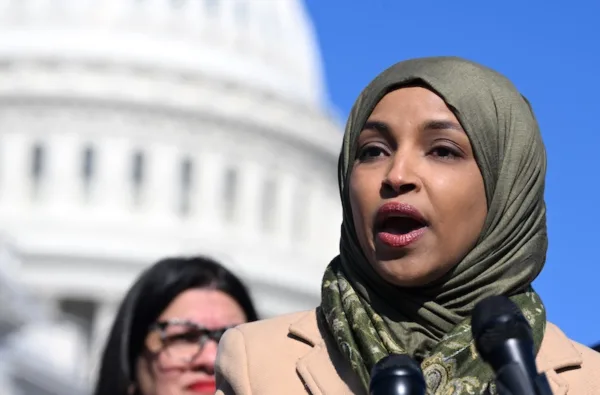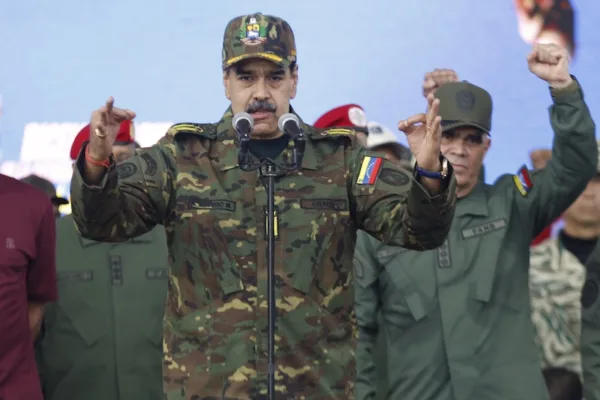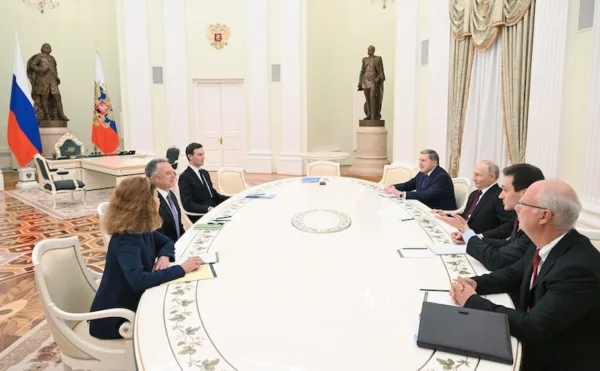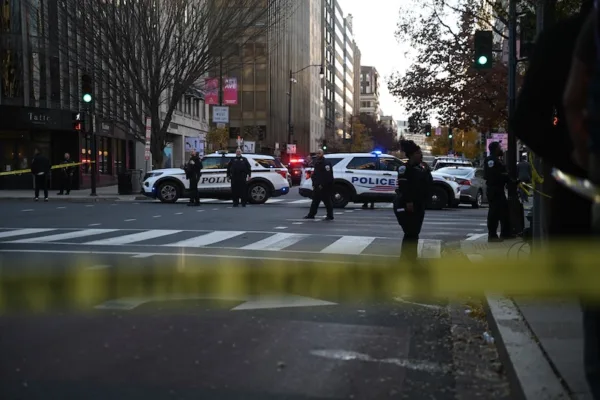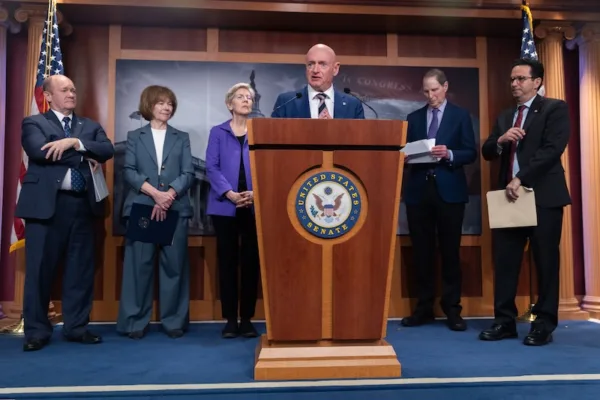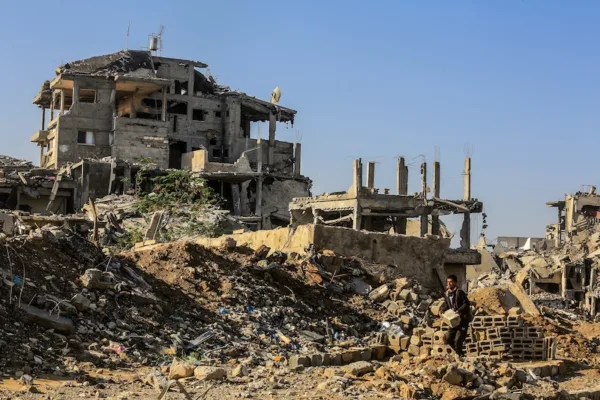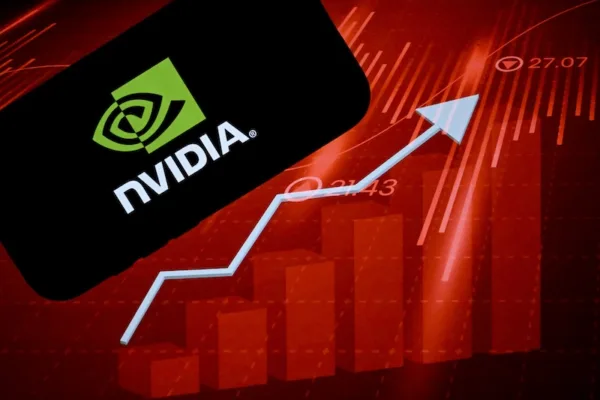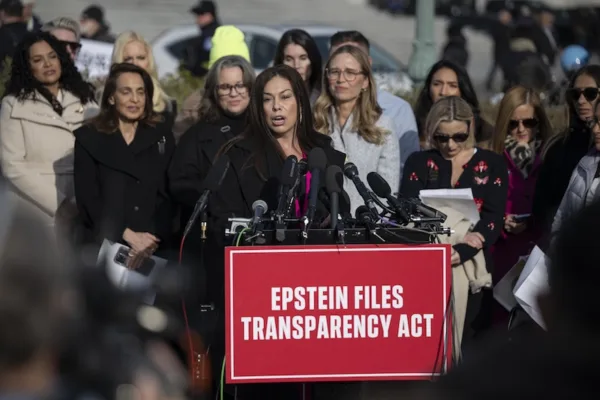What is the message from Erdoğan-Putin meeting?
President Recep Tayyip Erdoğan was in Russia’s beautiful city of Sochi on the Black Sea coast as President Vladimir Putin’s guest on Wednesday. The Erdoğan-Putin meeting is the fifth face-to-face meeting that has occurred in the last year and a half, since the beginning of the normalization of relations between the two countries.
The Erdoğan-Putin meeting was much more productive compared to previous meetings, and many valuable steps were taken toward removing points of contention between the two. In the press conference held after the meeting, the Russian president stated that Turkey was an important and trustworthy partner for Russia and added, “the normalization period in relations has been left behind. We are continuing to develop our relations.”
Erdoğan and Putin, who discussed bilateral trade relations and amuch-debated solution to the Syrian crisis, completed their meeting more positively than ever
Undoubtedly economic and commercial partnerships are the centerpiece of relations between the two countries. Within this framework, both leaders brought to the table issues such as the removal of mutual constraints, the strengthening of trade and investment relations, and the use of national currency in trade. A roadmap to increase the trade that had decreased following the plane downing incident was created. Along with this, the two countries’ partnerships in the area of investment continued without interruption. Another topic that was agreed on during this meeting was the completion of studies on a billion-dollar investment fund. In this context, the stages that have been reached in the Turkish Stream natural gas pipeline and the Akkuyu Nuclear Power Plant were discussed as well.
Along with these issues, Syria is obviously another topic that is of pivotal interest between Russia and Turkey. Turkey, after showing being present in the field through Operation Euphrates Shield, became a principal part of the resolution of the Syria crisis. The Astana peace talks took place under the leadership of Russia, Iran, and Turkey. The talks brought with it the outcome of these three countries becoming guarantor countries in Syria.
While the Putin-Erdoğan meeting was ongoing on Wednesday, the Astana peace talks continued as well. Staying out of the Astana process at the beginning, the U.S. has become more involved in the process in the recent past. The U.S. joined Astana for the first time at the level of a deputy secretary.
In terms of their approach to the Syria crisis, there have been strong differences between Russia and Turkey as well as solid partnerships. Both countries, when considering Syria, take “the country’s territorial integrity” as their “red line.” This point provides the main level from which the two countries can negotiate on Syria. Another point where Russia and Turkey are brought together is their view of Daesh as a terrorist organization that must be fought against.
On the other hand, Russia and Turkey experienced serious differences on two topics. The first is their approach to the Assad regime. And the second, their attitude toward opposition groups. Turkey believes that the source of the Syrian crisis is the Assad regime’s cruel policies and that in order for the crisis to be resolved, the Assad regime must be removed. Contrary to this, Russia supported the Assad regime. On the second point, Turkey emphasized the need to engage with local, non-radical opposition groups. Russia, sharing the Assad regime’s attitude, regarded all opposition groups as radical groups.
In the last year and a half, partial differentiations came to be seen in Russia’s approach to the Assad regime and the opposition. Russia began to defend the idea that, on the condition that Syria’s territorial integrity be maintained, planning could be made for a transition phase after the Assad regime. Moreover, Russia came to regard with more acceptance the representation of the local, moderate opposition in Astana.
However, in the last six months, another issue has come to the forefront between the two countries on Syria — the place of the PKK’s arm in Syria, the People’s Protection Units (YPG). The propaganda that the YPG is an effective partner in the fight against Daesh has been used by Russia on occasion as well, in order to gain ground against Turkey. At times, photos circulated on social media supposedly showing Russian soldiers giving weapons to YPG forces. In the meeting that occurred between the two countries, Russia’s approach to the YPG came up as well. Following Erdoğan showing the aforementioned photos, Putin responded: “Our soldiers would never be involved in such a thing. Our weapons can never be given to the PYD or the PKK. Nevertheless, I will examine these photos.”
In the meeting between the two leaders, what was essentially settled on in Syria was a new partnership. This was an agreement that along with Idlib province, parts of Aleppo, the Rastan area in Homs, and the rural areas of Damascus, Der’a, and Quneitra be safe zones. Even more than that, that these areas become no-fly zones. President Erdoğan stated that if these steps were taken, “50 percent of the Syria crisis would be resolved.”
This meeting took place at a period when Erdoğan’s travel abroad is very intense, right after his visit to India and before his trips to China and the U.S. Erdoğan completed his visit to Russia in order to clearly grasp Russia’s perspective on Syria, especially prior to his trip to the U.S.
This article was first published in Daily Sabah on May 5, 2017.

